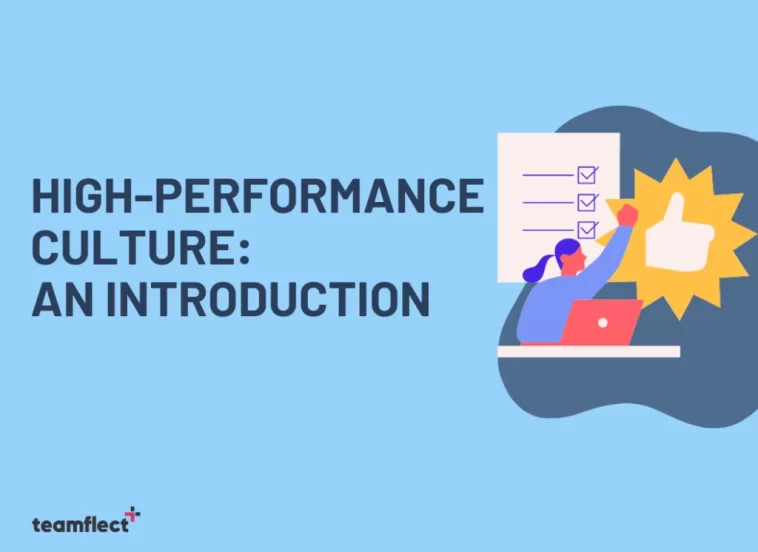The culture we cultivate in our work evironments, though often intangible, have inevatibly a considerable impact on the success and longevity of our businesses. Amidst the current landscape, a new approach that is referred to as a high-performance culture serves as a new hope in the highly competitive modern world we live in.
Regardless of what the traditional way we perceive the word “performance” may be, a high-performance culture workplace trancends the productivity metrics we’re all familiar with. A high performance culture team is not only able to fullfill statistical goals, but is also able to create an enviroment where this success is actually sustainable.
Embodying an outlook of continual improvement, a high performing workplace has the oppurtunity to thrive in an ecosystem that both nurtures its teams and strives for success
without pushing for burnout.
Let us delve a little deeper into high-performance culture and give you some insights on how to make sure your workplace reflects the same perspective. Join us as we disect the multitude of benefits of this transformative culture.
Table of Contents
The best tool to drive a high performance culture
Building a high-performance culture, especially over a remote setting is a challenging task to undertake. There are plenty of incredible tools you can utilize in order to build a high-performance culture in your workplace. You can find some of the right here: Top Performance Management Tools.
If your organization uses Microsoft Teams on a daily basis, however, then the best option for you would be Teamflect. Teamflect is an all-in-one performance management tool designed specifically for Microsoft Teams that will surely boost your remote teams productivity. You can try it for free by clicking the button below.



